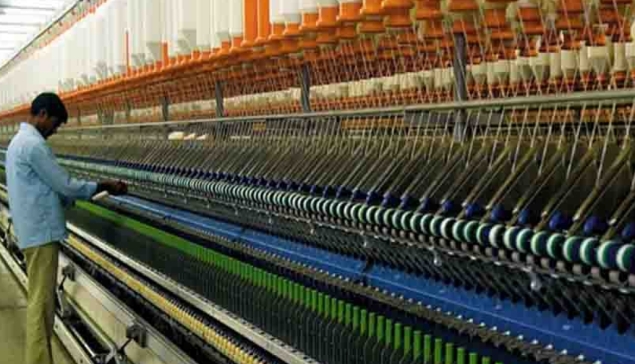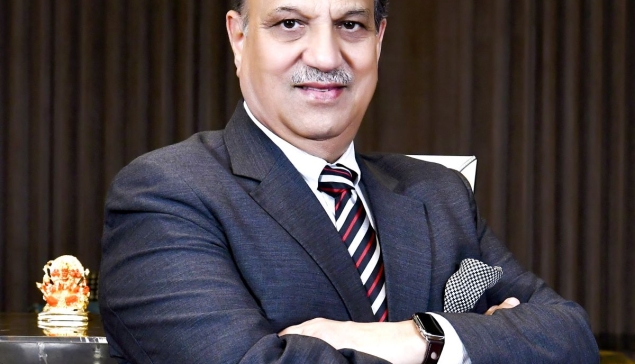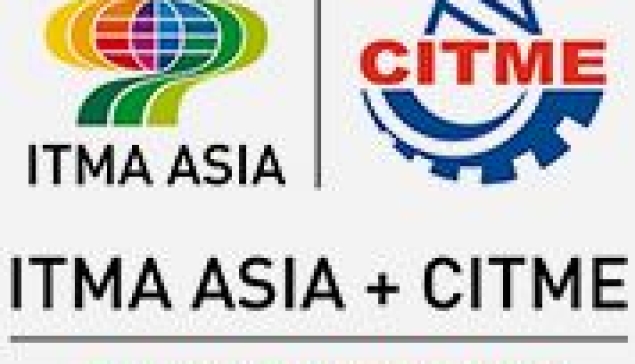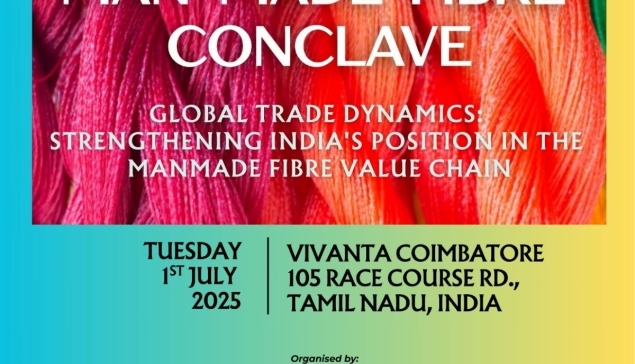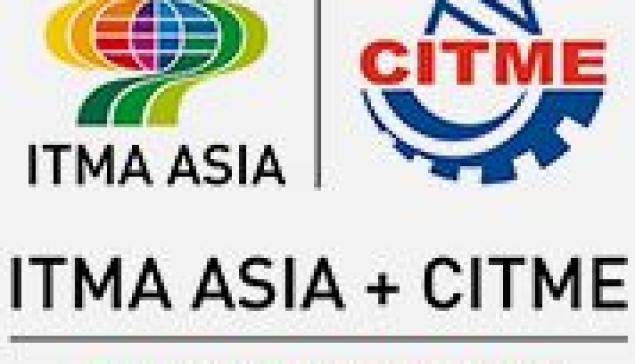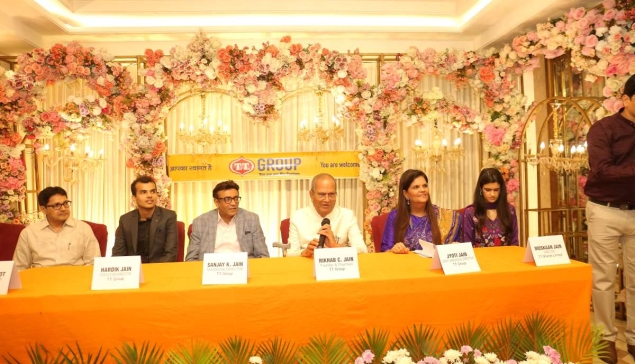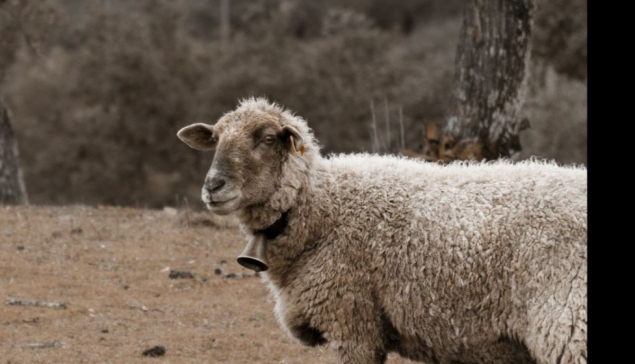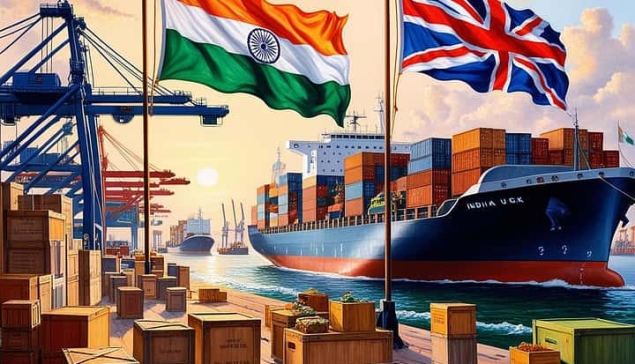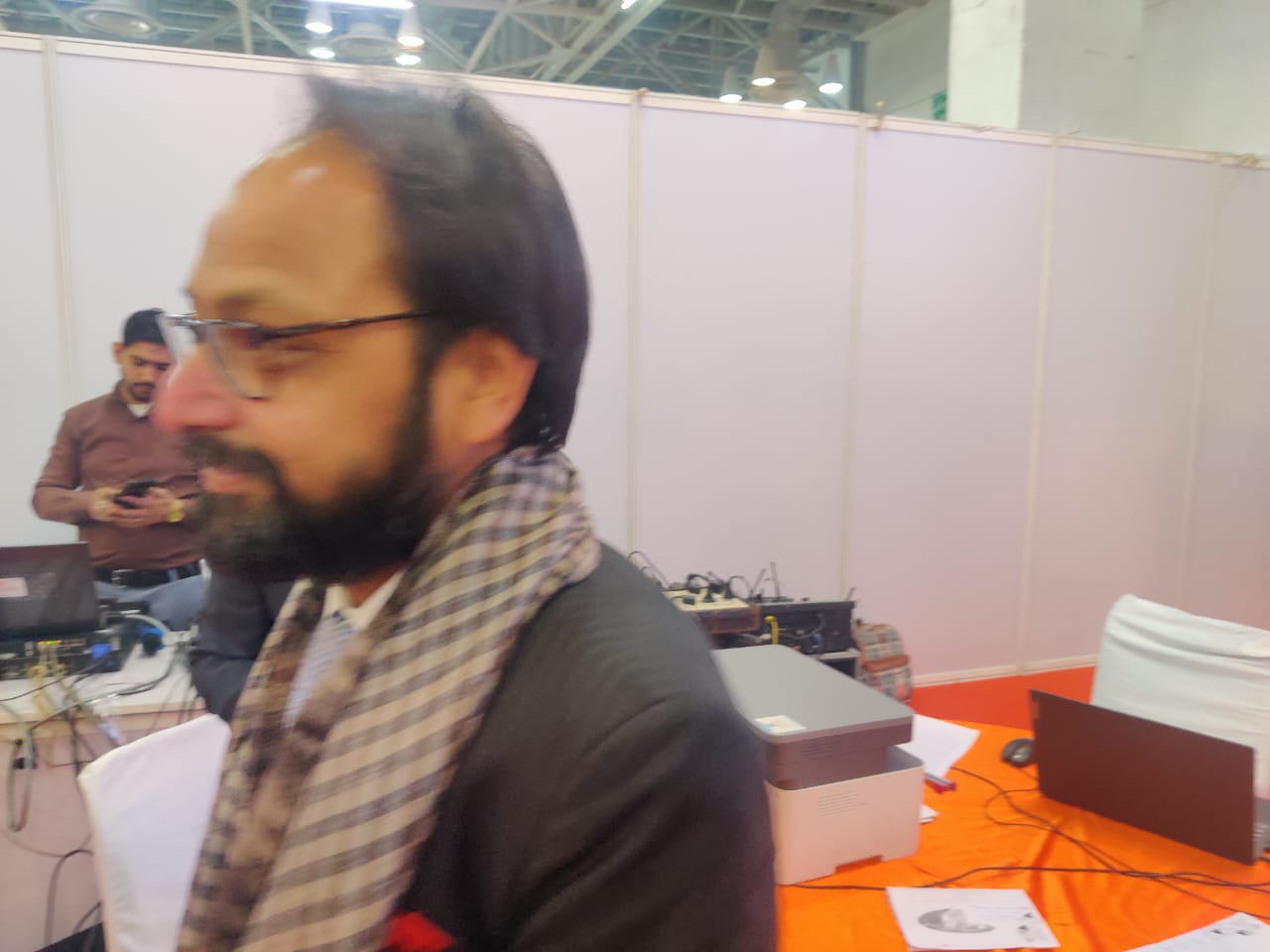Ashish Jain - Deputy Director General, FIEO, talks with Salil Chawla, director of DFU Publications, at Bharat Tex 2025.
India is poised to become a global textile powerhouse—both as a manufacturer and an influential player. However, success depends on understanding the evolving global landscape. If we fail to adapt to these changes, we risk falling behind.
Now is the time for action. We must recognize shifting market demands, focusing on both quality and competitive pricing. Opportunities exist, but seizing them requires an aggressive, outcome-driven approach. Other nations are moving swiftly, and India must treat this as a challenge—responding with determination and hard work.
Challenges and Opportunities
Among the key challenges, a proactive mindset is crucial. Entrepreneurs must act decisively rather than waiting for external support. While an enabling environment is beneficial, true success comes from those who take initiative first and seek assistance later.
The textile sector is a major job provider, yet India's share in global exports is declining. Despite an ambitious $800 billion export target, the textile industry contributes only a fraction.
To overcome this, businesses must diversify products and explore new markets instead of relying solely on traditional ones.
India’s cost structure, particularly in cotton-based textiles, remains high.
However, recent trade agreements with countries like Australia and the UAE offer new avenues for growth. It is imperative to leverage these agreements strategically and identify areas of competitive advantage.
The Way Forward
For India to become a true global textile leader, the industry must be focused, aggressive, and dedicated. This is the silver bullet for long-term success.

